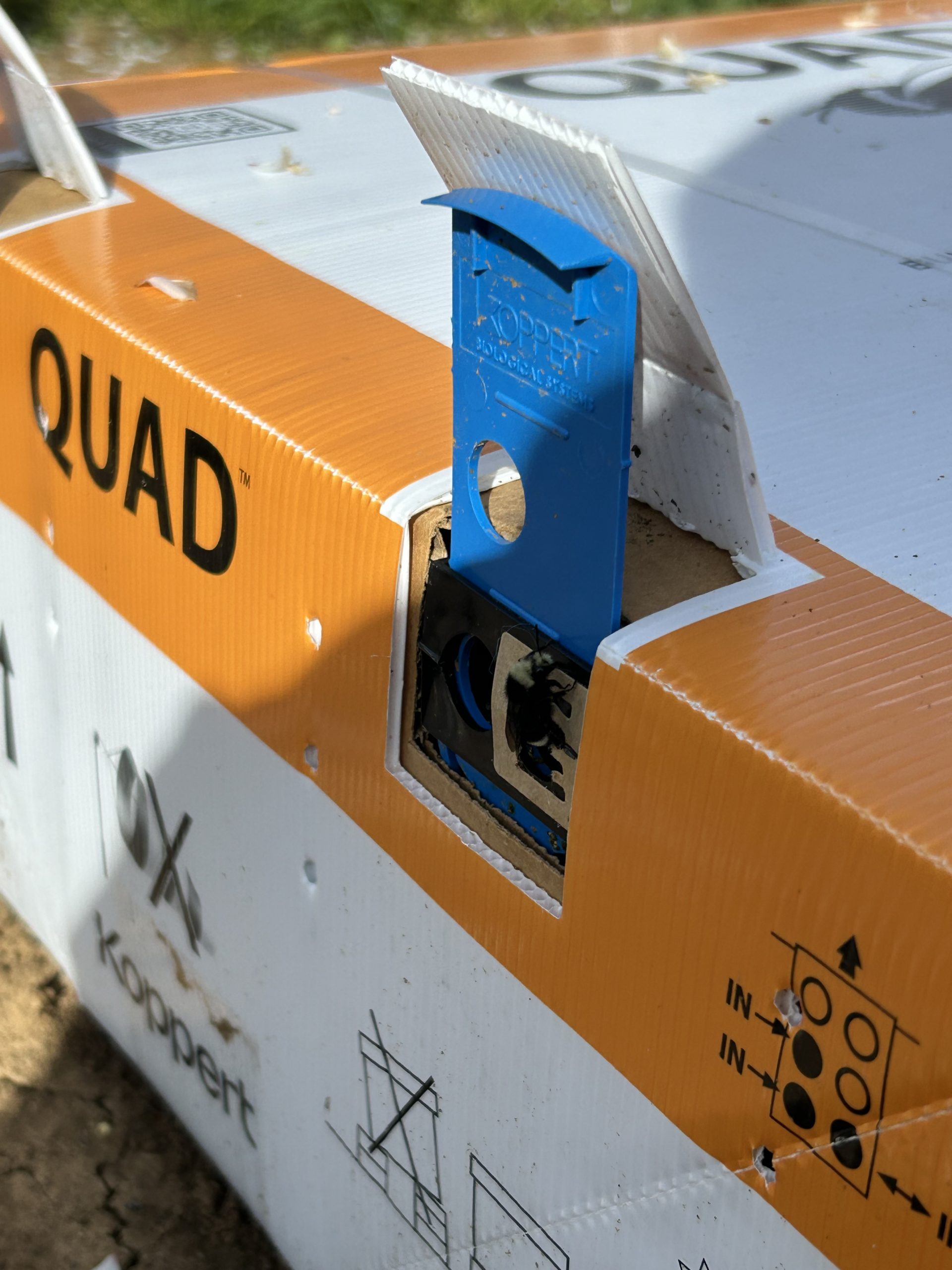An article from Perspectives From the Field
Writing by Carl Evers III, AgIS Capital Director of Sustainability
During almond pollination season, millions of European honeybees are brought out to the orchards to pollinate almond blossoms, a critical process for establishing the year’s crop. The honeybees do a great job, but there have been many years where adverse weather conditions have affected their ability to pollinate during the short timeframe nature gives us.
An almond blossom being pollinated by a bumblebee
Honeybees are brought out to orchards to pollinate almond blossoms, a critical process for establishing the year’s crop.

An almond blossom being pollinated by a bumblebee
This year, we are trialing the incorporation of California native bumblebees on some of our clients’ almond farms. The bumblebees compliment the European honeybees with differing flight patterns, and tolerance to colder temperatures. We are hoping that utilizing native species and adding diversity to our pollination efforts reduces pollination risk while supporting a more robust ecosystem and improving yields.


This year, we are trialing the incorporation of California native bumblebees on some of our clients’ almond farms. The bumblebees complement the European honeybees with differing flight patterns, and tolerance to colder temperatures. We are hoping that utilizing native species and adding diversity to our pollination efforts reduces pollination risk while supporting a more robust ecosystem and improving yields.






